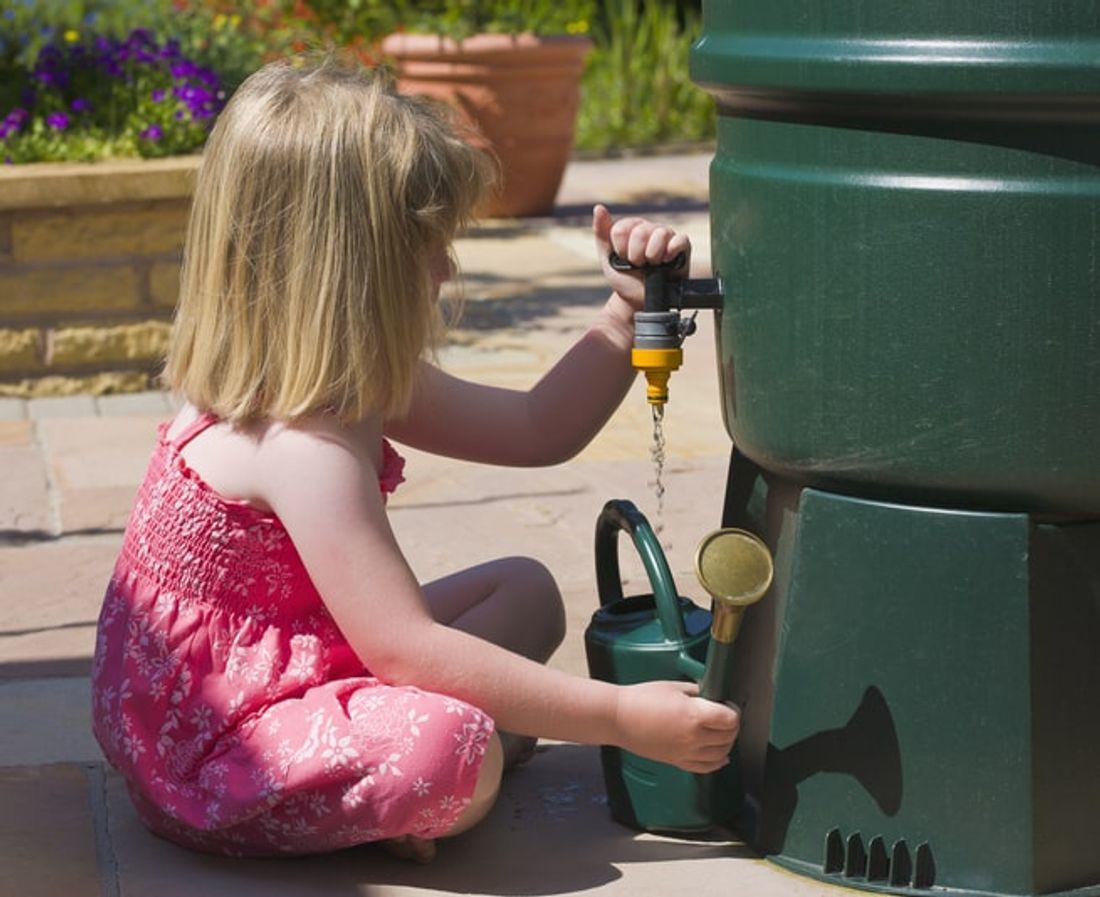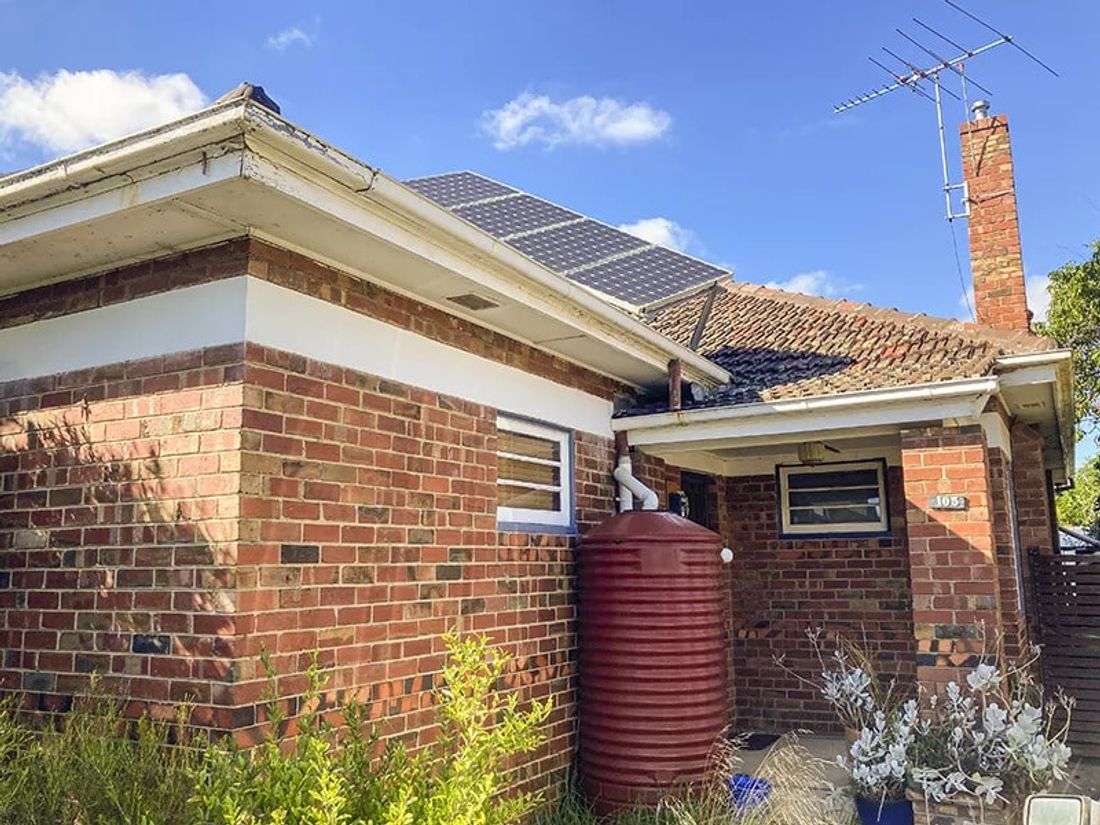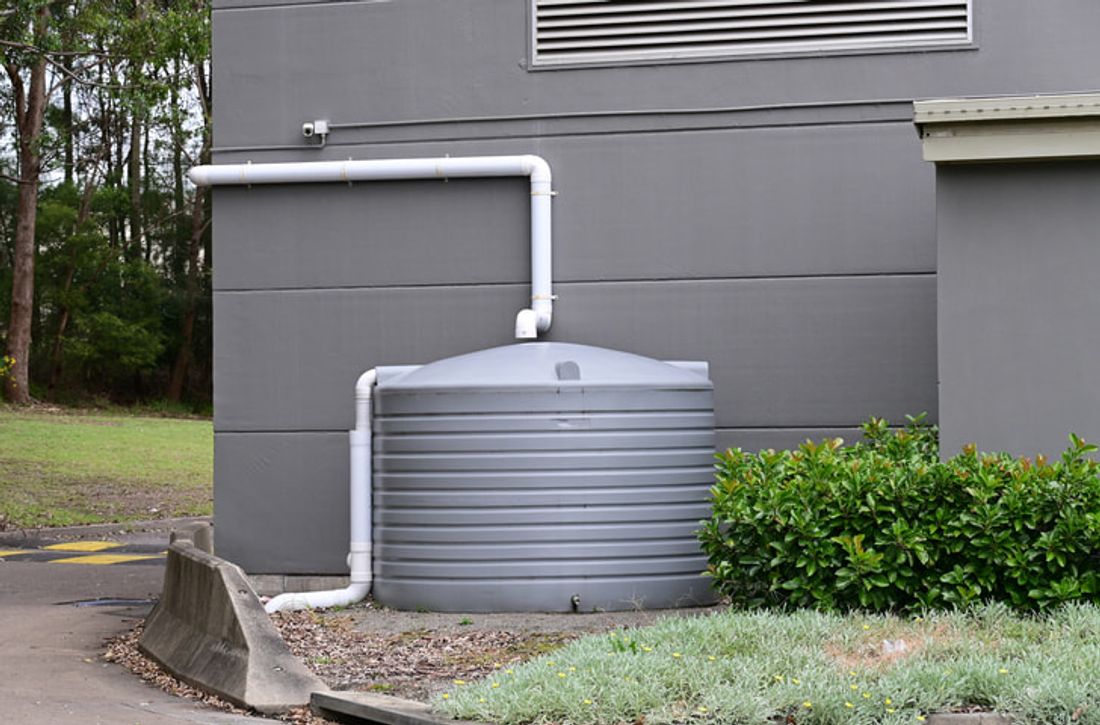How Much Does a Rainwater Tank Cost? [2025]
$800 to $3,500
These prices are based on national averages
Let us get you up to 3 quotes from a Rainwater Tank Supplier in
*Prices are based on national averages
Last Updated May 13, 2025 · Written by hipages team · 9 min read
The cost of rainwater tanks in Australia varies depending on its size, materials, and installation needs. Rainwater tank costs range from $800-$3,500 including installation.
Rainwater tanks have always been common on rural properties and farms, but with increasing water restrictions across Australia and rising utility costs, they're becoming an essential addition to urban homes too.
We all need to do our part to preserve our water resources. Millions of litres of perfectly usable water are lost every time it rains, so why not make a difference and reduce your water bills? Collecting rainwater for your home not only helps the environment, but can also cut your household water bills over time.
If you're thinking about investing in a rainwater tank, understanding the costs involved will help you make an informed decision on the right tank for your needs and budget. This article is here to help you tackle all of this, with topics including:

What are the different types of rainwater tanks available?
Rainwater tanks come in a wide range of materials, shapes, and sizes to suit different homes and needs. Each type has its own advantages and price points:
-
Polyethylene (Poly) rainwater tanks: Poly rainwater tanks are the most affordable and popular water tank choice for Aussie homes. They’re made of lightweight plastic that’s easy to transport and install. Additionally, they can withstand the harsh Aussie sun, and don’t rust over time. Make sure your poly tank is food grade (suitable for drinking water) and look for warranties of up to 25 years.
-
Steel rainwater tanks: Steel tanks can be made from galvanised steel, Colorbond, or Zincalume. They are extremely durable and often lined with polyethylene to maintain good water quality while preventing rust at the same time. Since they can withstand hot temperatures, they’re a good choice for bushfire prone areas
-
Concrete rainwater tanks: Often installed below ground, concrete tanks are an excellent option for homes with tight spaces or when you just want your tank to be hidden from view. They are extremely durable and fire-resistant, and their placement underground helps to naturally insulate water, keeping it cooler for longer
-
Fibreglass rainwater tanks: Fibreglass tanks offer excellent durability and rust-resistance, and come in a wide range of colours and sizes. They’re also lightweight, making them easy to move and install

How much does a rainwater tank cost?
The cost of a rainwater tank in Australia depends on several factors including:
-
Size of the tank
-
Type of tank
-
Ease of access
-
Type of installation required (inground installations are more expensive)
Excluding installation and plumbing connection costs, you can expect to pay the following prices for rainwater tanks of different sizes:
-
1,000L slimline poly water tank: $550-$600
-
1,000L round poly water tank: $600-$650
-
2,000L round poly water tank: $650-$800
-
2,000L round steel water tank: $1,200+
You’ll need a plumber to install your rainwater tank, and they usually charge a call-out fee as well as an hourly rate. A call-out fee can cost anything from $80 to $250, with hourly rates ranging anywhere between $60 to $250 per hour. This means that you can expect to pay the following amounts for different water tank installation tasks:
-
Plumbing connections: $500-$1,650
-
Base preparation: $200-$500 (concrete or sand)
-
Pump installation: $300-$500
What impacts rainwater tank costs?
Several factors can influence the overall cost of your rainwater tank system:
-
Type of tank: The material and design of your tank will impact costs. Poly tanks are usually most affordable, while concrete tanks tend to be more expensive
-
Size of tank: The larger the tank, the higher the cost. When planning your rainwater tank, strike a balance between the amount of space you have available, and the amount of water you usually use as a household
-
Extra accessories: Adding pumps, pressure systems, filters, first flush diverters or leaf guards can be an extra cost on top. Be sure to check with your installer to see how much these will add to your bill
-
Permits: Depending on where you live, you may need to get council approval to install a rainwater tank, adding up to $200 to your costs. For example in NSW, council approval is required for tanks larger than 10,000 litres. Permits might also be needed if you’re connecting your rainwater tank to a mains water supply (for laundry or toilet use), or if your property is in a special planning zone. Check with your local council or ask your rainwater tank installer to find out if approval is required in your area
-
Rainwater tank rebates: Some states and local councils offer rebates for rainwater tank installation, which can help offset your costs. Check with your local council or water authority to see what incentives might be available in your area
Is a rainwater tank a good investment?
If you are looking to save on your water bills, a rainwater tank can help pay for itself over time. A store of fresh water can be used for a range of jobs around the home, including:
-
Watering your garden
-
Laundry usage
-
Flushing the toilet
-
Topping up the pool or spa
-
Washing your car
-
Supplying your hot water system

How to choose the right rainwater tank
Before you buy a rainwater tank, there are a few things to consider in order to find the right one:
-
How much rainfall your area gets
-
How much of your collected rainwater you will use
-
The size tank you need and how much space you have
-
Where you will locate it
-
What plumbing is required
-
What you are going to use the water for
-
Council requirements and regulations
If you receive sporadic but heavy rainfall, a larger tank might be worth it, especially if you plan to use it for garden watering during summer months or when water restrictions are in place.
In the past, rainwater tanks were fairly low-tech. A hose or pipe was connected to the tank and gravity did most of the rest of the work. Today, they can be connected to a pump or a drip irrigation system.
How do I maintain my water tank?
Regularly maintaining your water tank is important as it ensures that you continue getting clean water while also extending the life of your system. Regular rainwater tank maintenance tasks include:
-
Cleaning gutters and downpipes every 3 months
-
Checking and cleaning diverters and filters every 3-6 months
-
Inspecting the tank for cracks, leaks or holes annually
-
Testing water quality if you’re using the rainwater tank for drinking purposes
-
Checking pump operation periodically
Related articles: Water tank maintenance checklist
How to hire a rainwater tank installer
When it comes time to hire someone to install your rainwater tank make sure they are right for your job. Some questions to ask them include:
-
Are you licensed?
-
Are you insured to work in my home?
-
Can you provide a written quote?
-
How long is the warranty on your tank?
-
Do you have references I can follow up?
No matter the size of your job, always request a fully itemised quote including the cost of all materials used. We also recommend getting at least 3 quotes from rainwater tank installers near you so you can compare pricing, get a feel of current market rates and quality of work.
* All the costs and prices quoted were sourced at the time this article was written. They are indicative, may vary locally, are subject to market forces and should only be used as a guide.
Frequently asked questions
Are rainwater tanks expensive?
The cost of rainwater tanks varies a lot. At the lower end, a 1000-litre poly water tank costs $525, but installation fees may add to this. Bigger tanks and different materials can increase this cost too.
How long do rainwater tanks last?
At the lower end of the scale, rainwater tanks last 20 years, but you may find that you even get a 25-year warranty. At 20 years, a $525 tank costs $26.25 a year.
Where should you put your rainwater tank?
There are a few factors to consider with rainwater tank placement. You generally want it near your home, so you can easily collect water that falls from your roof without too much pipework. Placing it on high ground is also a good idea, as you'll be able to use gravity to water your garden. Putting it in a low spot may require you to install a pump to get the water out.